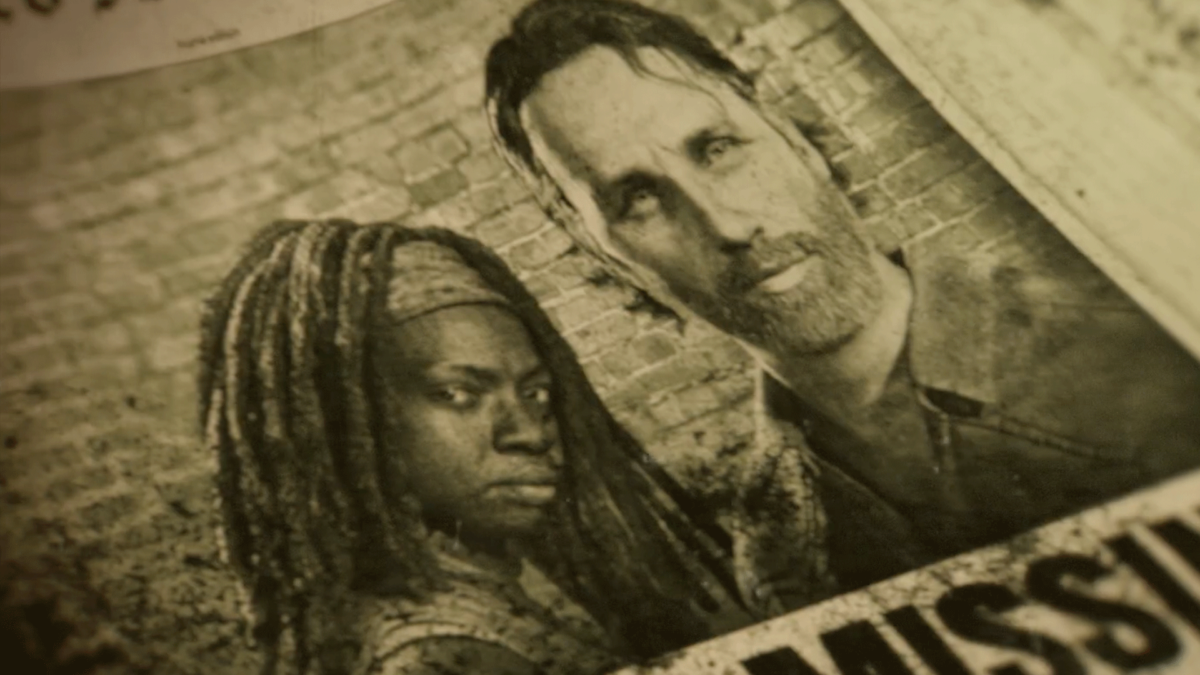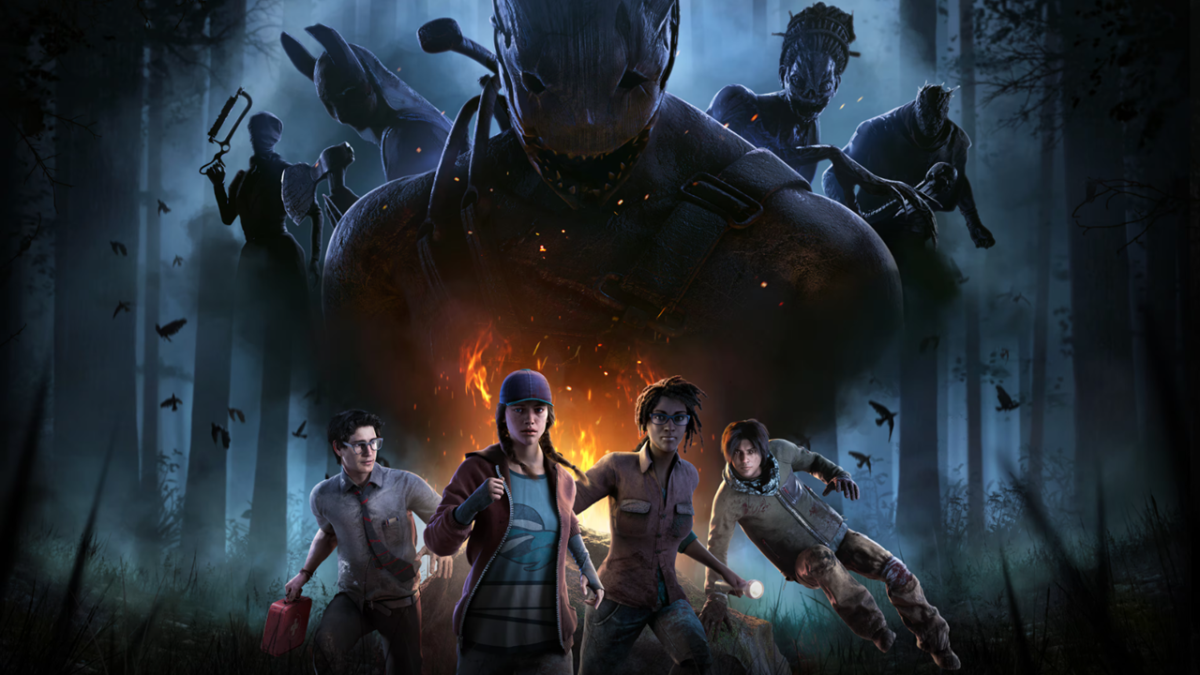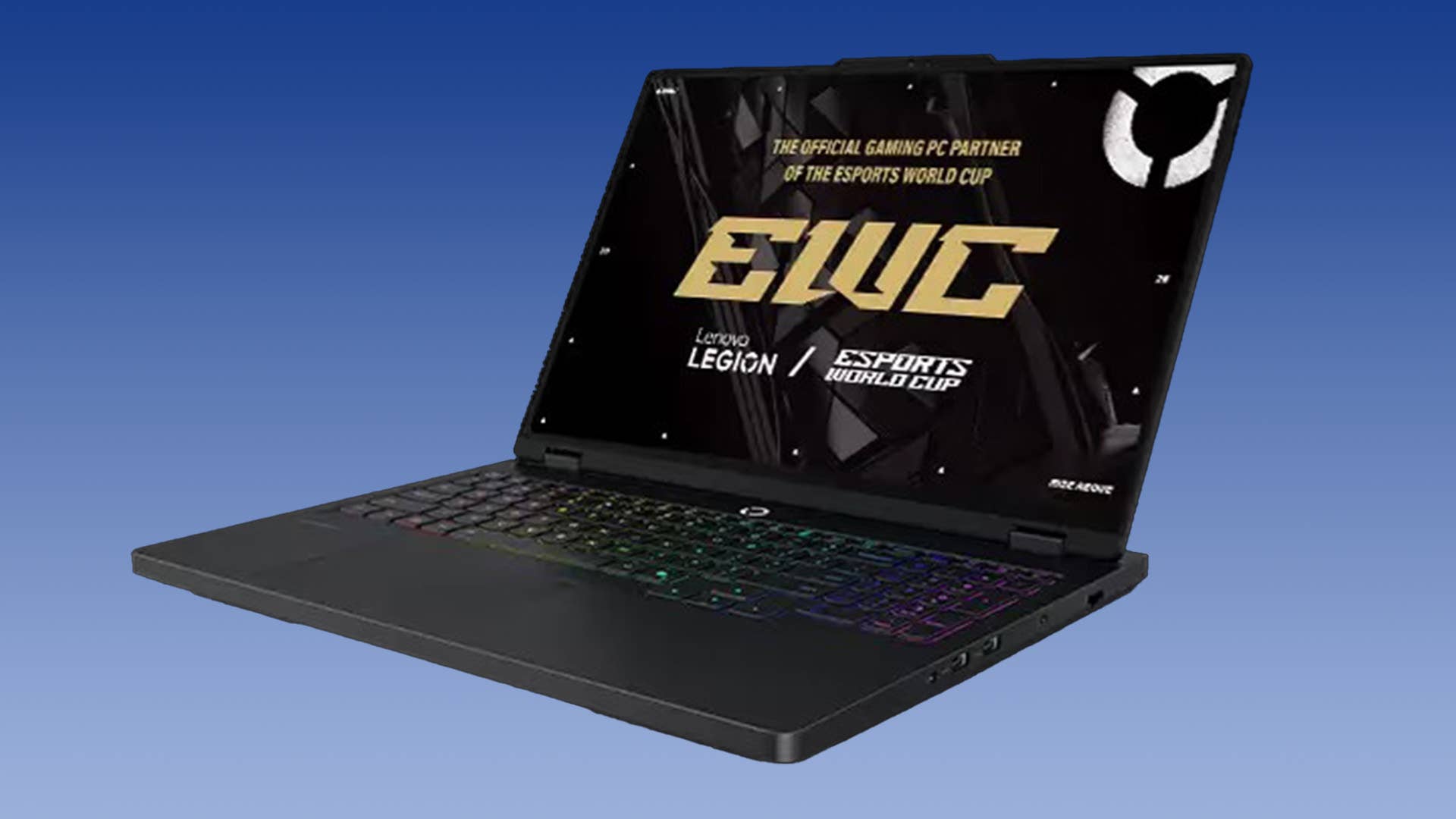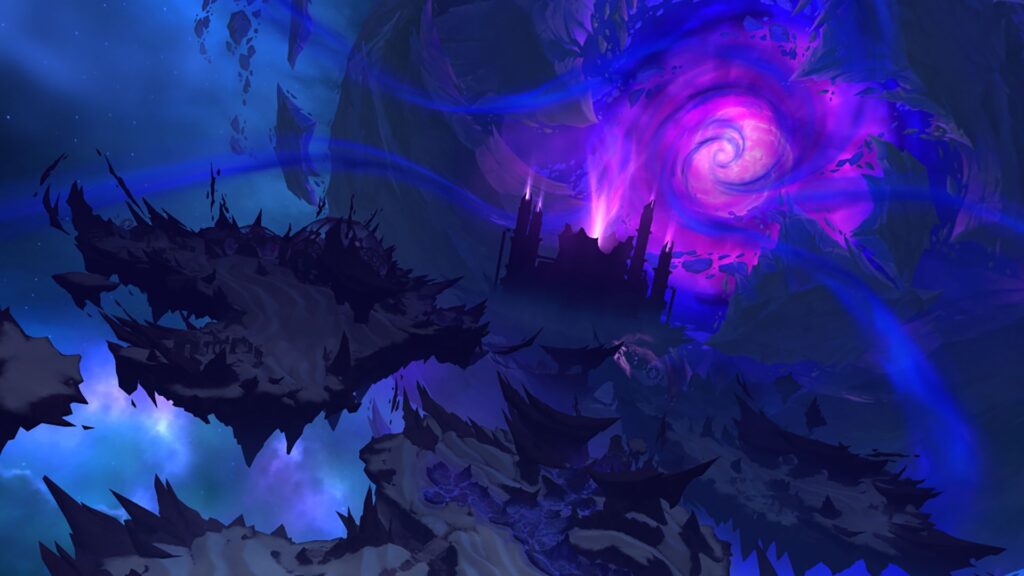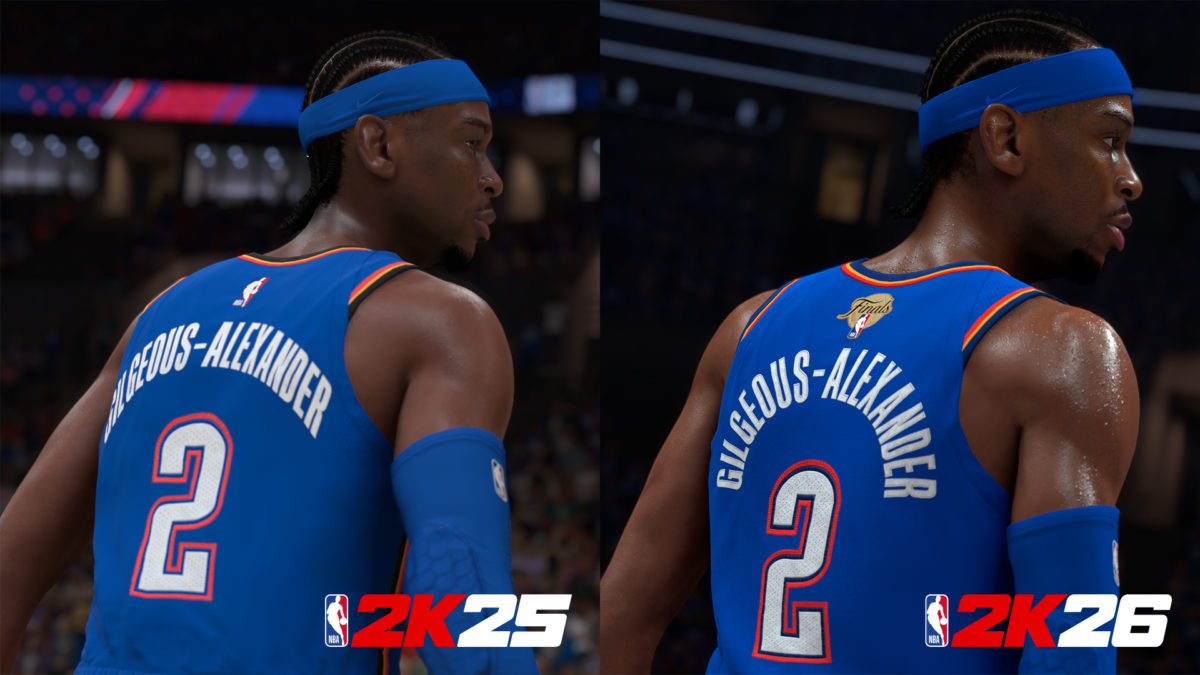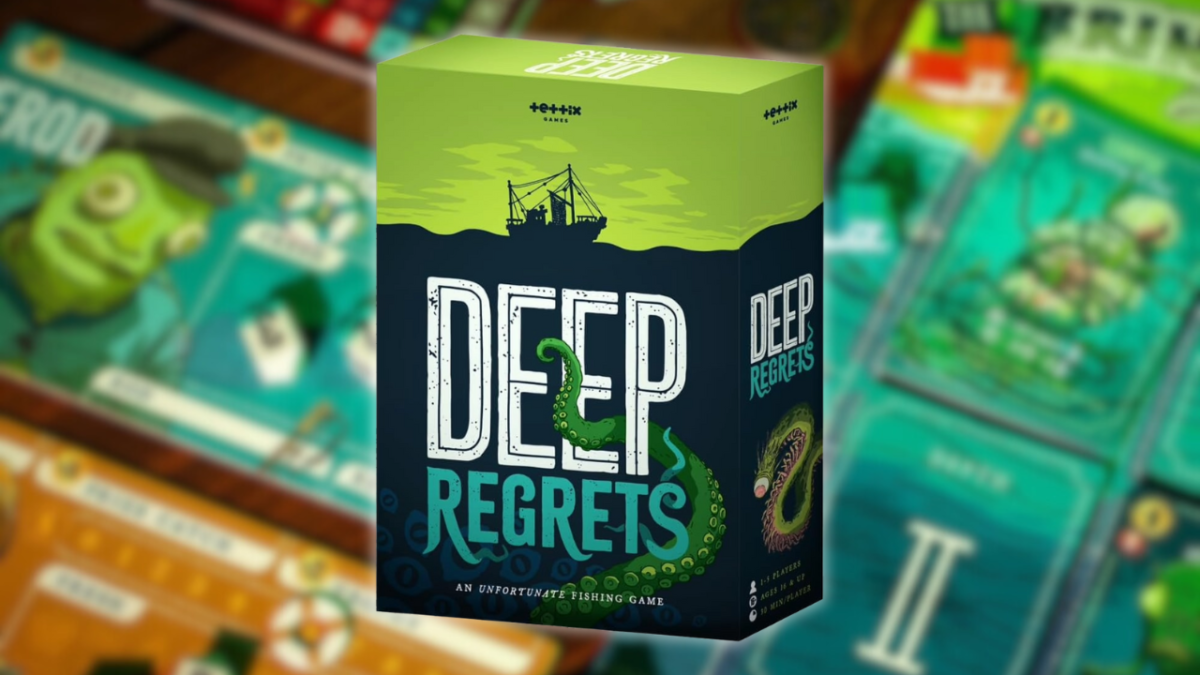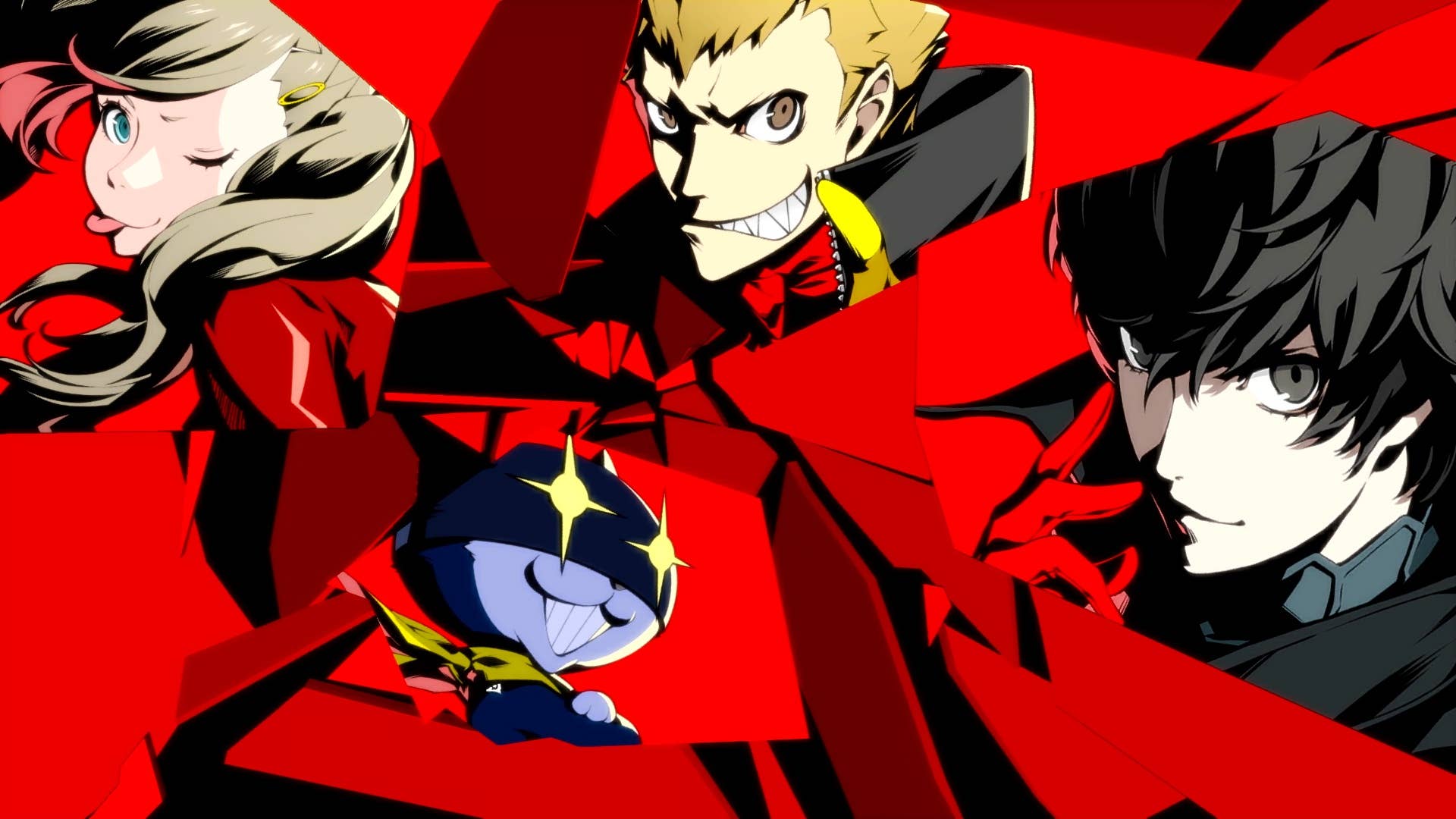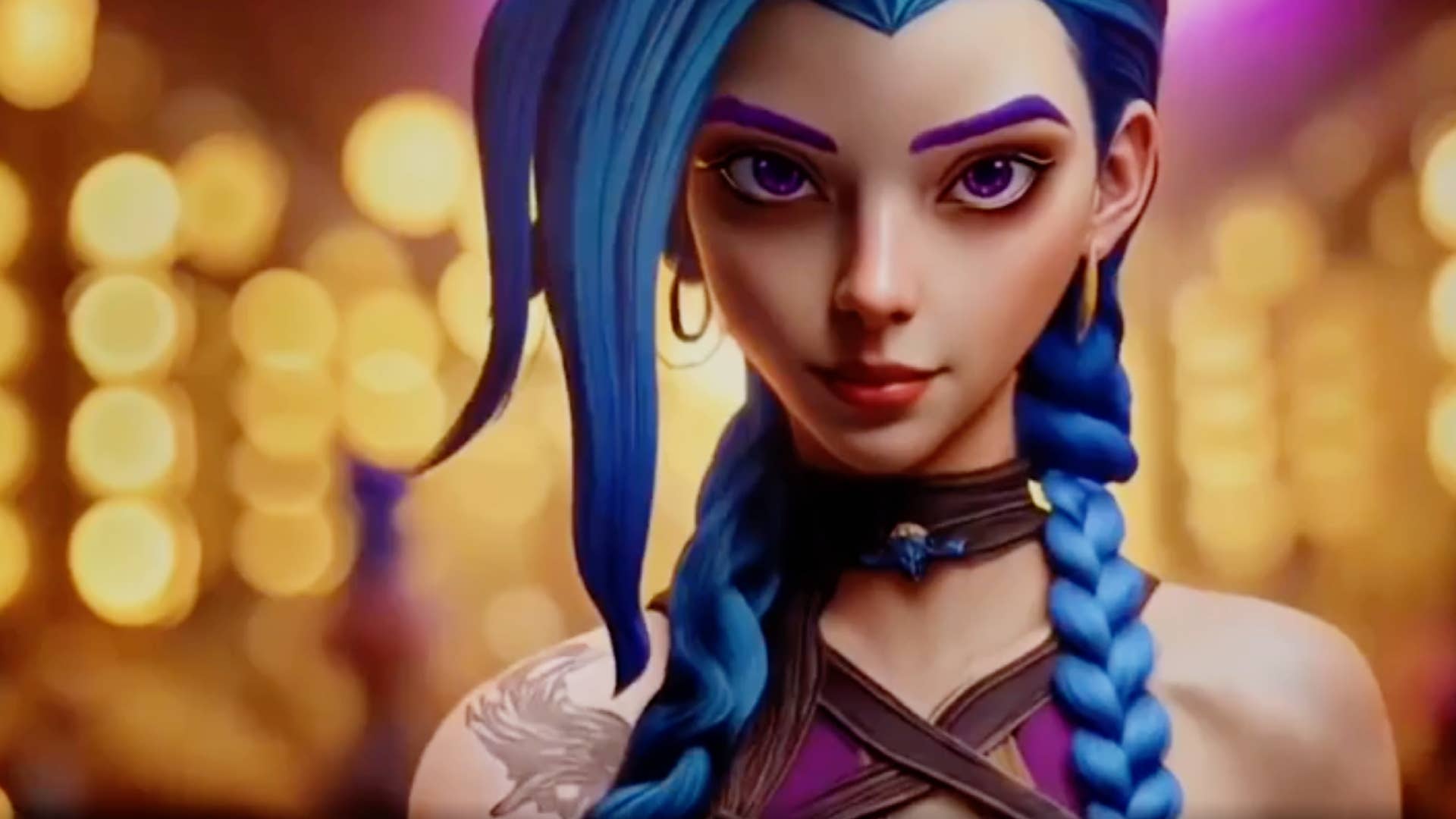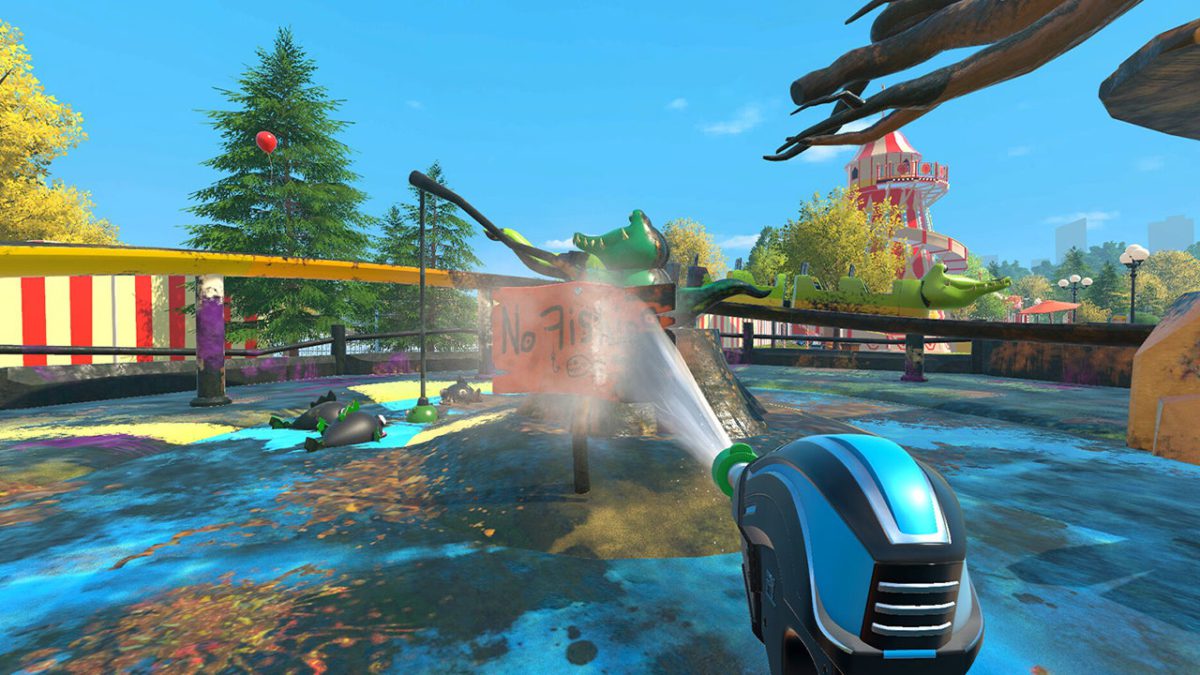
Behaviour Interactive has released detailed patch notes for Dead by Daylight update 9.1.1 following backlash to bugs and balance changes introduced last week.
The team behind the popular asymmetrical horror game offered a breakdown for its long list of new fixes on the Dead by Daylight website today. It’s a bug fix patch that arrives just one week after update 9.1.0 launched for players across PC and consoles, but according to fans, it’s already long overdue.
Dead by Daylight update 9.1.0 came with The Walking Dead representation, map changes, and balance tweaks for many of Behaviour’s playable Survivors and Killers. While the additions were celebrated by many, others struggled to focus on the positive aspects of the content update because it just so happened to come hand in hand with several new game-breaking exploits.
Lowlights from the patch saw players expressing concern regarding Perks like Streetwise, Blood Rush, and Last Stand, as each introduced either a fresh bug to squash. There’s also the issue of The Clown, who has paraded around player Trials with his lightning-fast speed and unstoppable, bottle-throwing arm. Thankfully, after Behaviour moved to Kill Switch (or disable) many of these issues yesterday, Dead by Daylight update 9.1.1 is here with more permanent fixes.
Streetwise and Last Stand will both be re-enabled with the new update, with both receiving tweaks to repair the problems introduced with the last patch. The troublesome Fog Vial, which was added as a new item just last week, is also getting a nerf to its opacity and volume. Meanwhile, a list of priority bug fixes mends issues related to Killers and chase mechanics, how Survivors see The Deathslinger’s aiming animation, and more.
Fixes for glitches tied to audio, characters, environments, and other Perks can also be found in Dead by Daylight update 9.1.1 as Behaviour works to regain lost ground with the fanbase it’s grown throughout the last nine years. Part of the plan to do so, which was outlined in a post published by the Dead by Daylight X/Twitter account yesterday, involves issuing another hotfix sometime next week. It’s said to come with a fix for Blood Rush bugs as well as additional tweaks to Fog Vials.
Behaviour says it will work to Kill Switch problematic gameplay elements and communicate with fans at a quicker pace in the future, thanking vocal players for their feedback as development continues. While we wait to see how the team rebalances The Clown and more of its Killers, you can read up on how Dead by Daylight players reached out to the Overwatch team at Blizzard when they were most desperate. You can also check out our recent interview with Behaviour, where we learned more about how the team developed its Five Nights at Freddy’s Chapter and the Springtrap Killer.
Finally, you can check out the full Dead by Daylight update 9.1.1 patch notes below.
Dead by Daylight Update 9.1.1 Patch Notes
Priority Bug Fixes
- Fixed an issue that often caused Killers to be unable to initiate a chase for the rest of the trial.
- Fixed an issue that often caused the chase music not to play when a chase was initiated.
- Fixed an issue impacting chest item charges while using Streetwise.
- Fixed an issue impacting vault speeds while using Last Stand.
- Fixed an issue where The Walking Dead theme was unaffected by the Copyrighted Music Setting.
- Fixed an issue where both Survivors and Killers could be slowed down when running up the right-hand side of any staircase.
- Fixed an issue where the Baermar Uraz’s Masquerade Musician outfit had the incorrect name and voice lines.
- Fixed an issue where The Deathslinger’s aiming animation was missing from the Survivor’s perspective.
- Fixed an issue where the “Be chased for 20 seconds” quest in “Into the Fog” would not progress.
- Fixed an issue that caused a black screen when attempting to spectate for the second time after returning to the tally screen.
Content
- The Streetwise and Last Stand perks have been re-enabled.
SURVIVOR ITEM: FOG VIAL
- Decreased base opacity of the fog cloud to 33% (was 40%).
- Decreased the fog cloud volume by 3 dB. (NB this does not refer to audio within the fog area, only the ambient fog audio)
FOG VIAL ADD-ONS
- Potent Extract (Visceral):
- Decreases visibility by 5% (was 10%).
- Decreases the fog cloud’s maximum size by 25% (No change).
- Decreases the fog cloud’s maximum lifetime by 50% (No change).
Bug Fixes
Audio
- Fixed an issue where lobby ambiance audio would occasionally stack.
- Fixed an issue where sound effects were missing when hovering over Match Management options in Custom Game.
- Fixed an issue where scream sound effects occurred while the Survivor had their mouth closed during The Lich’s Mori.
- Fixed an issue where Rick and Michonne Grimes were missing certain voiceover lines.
Characters
- Fixed an issue where shadows in The Nightmare’s Dream World were missing.
- Fixed an issue where The Nightmare could use Rupture twice on a Dream Pallet.
- Fixed an issue where The Nightmare could place a Dream Pallet and a Survivor could place a Fragile Pallet using Apocalyptic Ingenuity in the same spot.
- Fixed an issue where The Ghoul’s Rize Kamishiro outfit would jitter during her idle animation in the lobby.
- Fixed an issue where Mikaela’s arms to appear distorted in certain outfits.
- Fixed an issue where The Animatronic’s model appeared distorted for the spectator when changing camera views while the Killer exited a Security Door.
- Fixed an issue where Survivors were revealed to The Executioner after hitting a Survivor with Punishment of the Damned while using the Burning Man Painting add-on.
- Fixed an issue where the Exhausted status effect would recover while running when affected by the Mannequin Foot add-on.
- Fixed an issue where the game crashed when The Twins opened a locker that Victor was holding shut with a Survivor inside.
- Fixed an issue where The Pig did not lose bloodlust when performing an Ambush attack.
Environment/Maps
- Fixed an issue where The Knight would encounter invisible collisions on certain vaults while drawing a path for summoned Guards.
- Fixed an issue in the Fallen Refuge map where the prison tower door could be triggered when moving behind it.
- Fixed an issue in the Fallen Refuge map where Victor would not trigger the prison tower door.
- Fixed an issue in the Ormond Lake Mine map where Victor would not trigger the elevator drop.
- Fixed an issue in the Red Forest Realm where The Knight’s Guards could not traverse the shack’s window.
- Fixed an issue in the Withered Isle Realm where The Singularity could attach biopods above map fences.
- Fixed an issue in the Midwich Elementary School map where Survivors could land on top of an invisible collision.
- Fixed an issue in The Game map where Killer projectiles would go through walls in the control room.
- Fixed an issue in the Ormond Lake Mine map where players could climb on top of a rock which should be inaccessible.
- Fixed an issue where Snug could become stuck on a snow mound in Ormond Lake Mine map
Perks
- Fixed an issue where combining the Thrilling Tremors and Grim Embrace perks would cause the 4th token effect on Grim Embrace to not trigger.
- Fixed an issue where Overwhelming Presence would not affect Key, Map, and Fog Vial items.
- Fixed an issue where Hex: Two Can Play was unaffected by stun caused by Last Stand.
- Fixed an issue where The Wraith remained invisible when stunned by Last Stand.
- Fixed an issue where cleansing a Totem while Broken would activate Inner Strength once the Broken effect ended.
- Fixed an issue where Survivors were unable to build a Fragile Pallet on pallet locations previously destroyed by vault actions affected by certain add-on and perk effects.
- Fixed an issue where dying Survivors would make grunts of pain while affected by Come and Get Me!.
- Fixed an issue where a Survivor using Conviction could remain in the “trapped” animation if they were in a Bear Trap.
- Fixed an issue where a Survivor using Conviction could become stuck in a locker.
- Fixed an issue where Blast Mine’s blind VFX were missing if damaging a generator while the Killer was already blinded.
Platforms
- Fixed an issue on the Microsoft Store that sometimes caused the game to remain silently open after closing it.
Quests
- Fixed an issue where progression for the “I Want It, I Got It” challenge was not saved after a Trial was completed.
UI
- Fixed an issue where the followed quest tooltip would show partial progress for quests that needed to be completed in a single Trial.
- Fixed an issue where audio would be missing from the Match Management screen.
- Fixed an issue where the in-game quest tracker progress animation would begin at the incorrect value.
- Fixed an issue where the mouse cursor would revert to the console cursor on consoles.
- Fixed an issue where the anti-camp meter would disappear after a Survivor was hooked.
- Fixed an issue where the Rift Pass tooltip would show an incorrect subtitle.
Miscellaneous
- Fixed an issue where the beam of light duration was unchanged when using the Crimson Stamp add-on on the Bloodsense Map.
- Fixed an issue where a Fog Vial’s fog cloud would disappear if another Fog Vial was activated.
- Fixed an issue where the Fog Vial’s smoke explosion sound effects were missing.
- Fixed an issue where Survivors held the fog vial differently depending on which item was previously held.
Michael Cripe is a freelance writer with IGN. He’s best known for his work at sites like The Pitch, The Escapist, and OnlySP. Be sure to give him a follow on Bluesky (@mikecripe.bsky.social) and Twitter (@MikeCripe).

